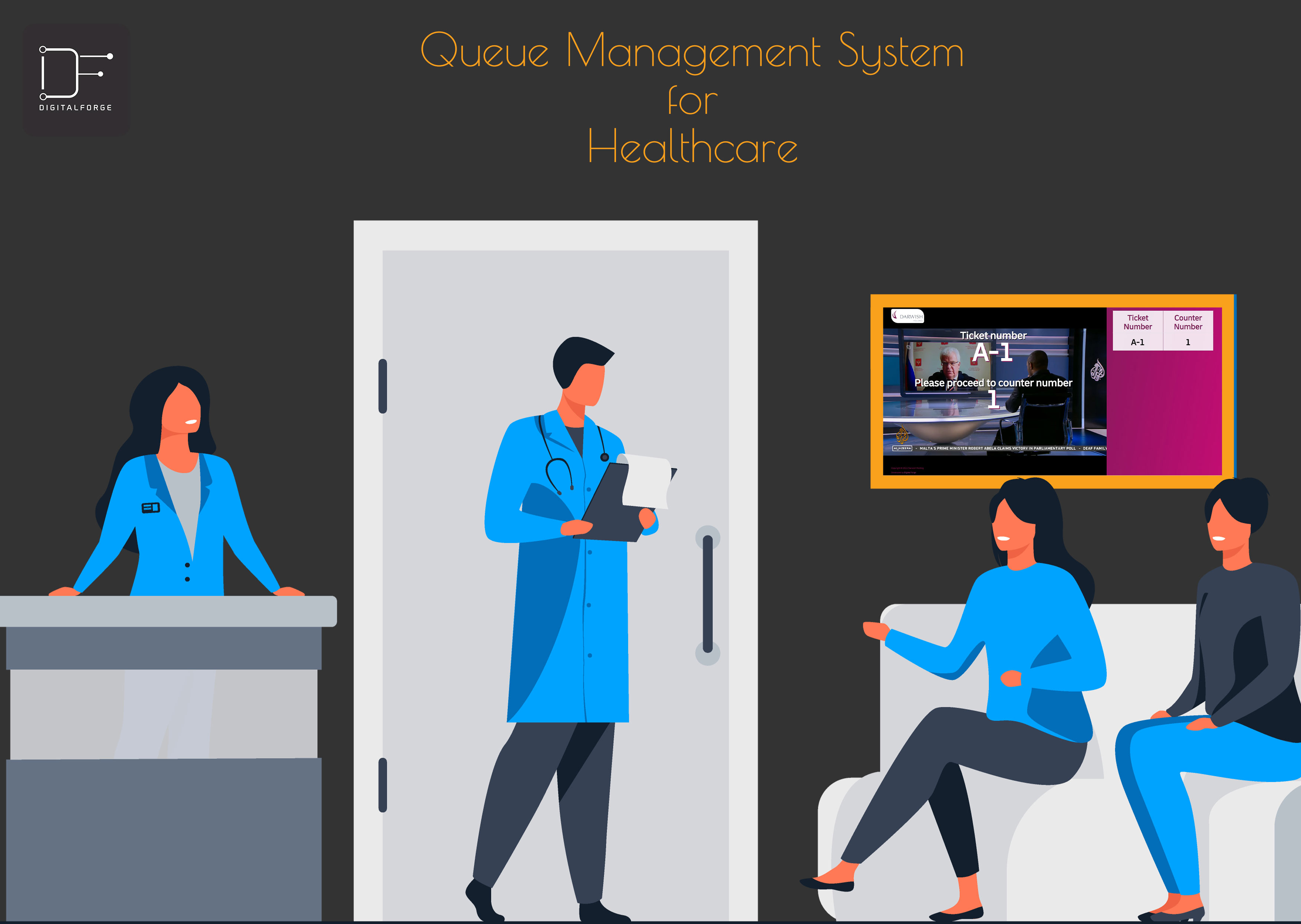Improve Patient Flow with a Queue Management System for Healthcare.
A queue management system for healthcare can help improve patient flow. This means patients will receive care faster and more efficiently. This blog post will explain how a queue management system works and its benefits, such as shorter wait times. This post is useful for healthcare professionals who want to improve patient flow and the patient experience.
Healthcare Queue Management System
Managing patient flow in healthcare can be a challenging task. Long waiting times, crowded lobbies, and disorganized patient check-ins can lead to frustration for patients and staff. However, implementing a queue management system for healthcare can help improve patient flow and create a more efficient and organized wellness experience.
Benefits of a Queue Management System for Healthcare
A queue management system can help streamline the patient check-in process by allowing patients to sign in electronically, reducing the need for manual registration. This speeds up the check-in process and reduces wait times for patients.
Additionally, a queue management system for healthcare can provide real-time information on wait times, allowing patients to make informed decisions about their care. It also enables staff to manage patient flow more effectively, reducing crowding in lobbies and minimizing patient wait times.

Efficiently Managing Patient Flow
With a queue management system, healthcare providers can manage patient flow more efficiently by allowing patients to sign in electronically, reducing the need for manual registration. This helps speed up the check-in process and reduces wait times for patients.
Additionally, a queue management system can provide real-time information on wait times, allowing patients to make informed decisions about their care. It also allows staff to manage patient flow more effectively, reducing crowding in lobbies and minimizing patient wait times.
Customizable and Flexible
A queue management system can be customized to meet the specific needs of each healthcare facility. It can be configured to handle different types of appointments, including walk-ins, scheduled appointments, emergency visits, and specialty doctor consultations.
It also allows for flexibility in managing patients, enabling different types of patients to be prioritized as needed.
Improving Patient Satisfaction
By improving patient flow and reducing wait times, a queue management system for healthcare can help increase patient satisfaction. Patients are more likely to have a positive experience when they don’t have to spend hours waiting in crowded lobbies.
Moreover, a queue management system can also enhance communication between patients and staff, reducing the risk of miscommunication and ensuring that patients receive the care they need.

Conclusion
A queue management system can help improve patient flow and create a more efficient and organized healthcare experience. It streamlines the patient check-in process, provides real-time information on wait times, and improves patient satisfaction.
Digital Forge helps healthcare organizations in Qatar implement queue management software. This customizable and flexible software efficiently manages patient flow and improves patient satisfaction. Consider implementing a queue management system in your healthcare facility to enhance patient flow and create a more efficient and organized healthcare experience.

